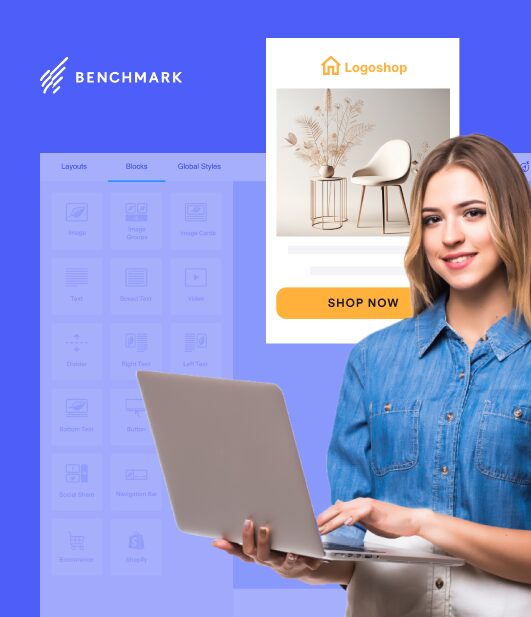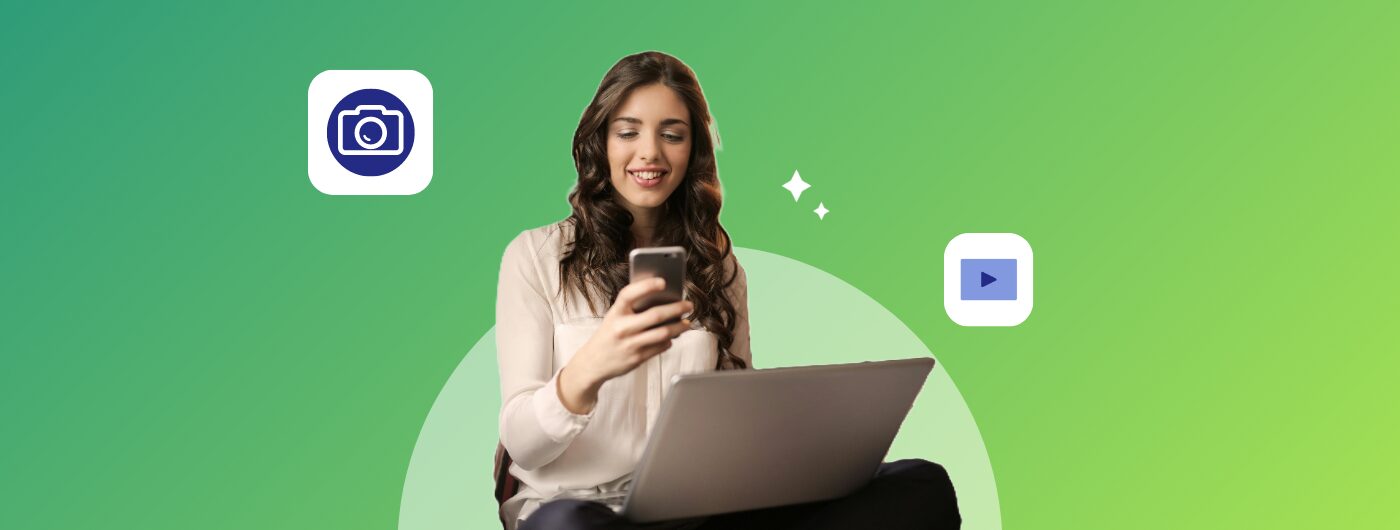
Businesses are faced with a dilemma: whether to harness the power of artificial intelligence (AI) or outsource design tasks to human professionals. Each approach has its advantages and considerations, making it essential for marketers to understand when to leverage AI and when to entrust design projects to skilled designers.
In this article, we’ll explore the nuances of this decision-making process and provide insights into when each option is most appropriate.
Introduction: The Dilemma of AI vs. Human Designers
As businesses strive to create visually compelling marketing materials, they must grapple with the decision of whether to rely on AI-driven design tools or enlist the expertise of human designers. While AI offers efficiency and cost-effectiveness, human designers bring creativity, intuition, and a human touch to the table. Finding the right balance between these two approaches is key to achieving impactful marketing design outcomes.
Understanding AI in Marketing Design
AI-powered design tools leverage algorithms and machine learning to automate various aspects of the design process. From generating layouts and selecting color palettes to editing images and creating personalized content, AI can streamline workflows and produce high-quality designs in a fraction of the time it would take for manual intervention.
The Value of Outsourcing to Human Designers
While AI offers efficiency and automation, human designers bring a level of nuanced understanding that AI cannot replicate. Human designers possess the ability to conceptualize ideas, interpret complex briefs, and infuse designs with emotion and personality. Additionally, human designers can provide valuable insights, feedback, and revisions based on their experience and intuition, ensuring that designs resonate with the intended audience.
Here are some more benefits of outsourcing design to designers:
- Creativity and Innovation: Human designers bring fresh perspectives and creativity to the table. Their ability to think outside the box can lead to innovative marketing ideas that stand out in a crowded marketplace.
- Quality and Expertise: Professional designers have the expertise and skills to create high-quality designs that resonate with the target audience. They understand design principles, color theory, typography, and other elements crucial for effective visual communication.
- Customization and Personalization: Human designers can tailor designs to fit the specific needs and preferences of the client. They can incorporate brand identity elements and ensure consistency across all marketing materials for a cohesive and memorable brand experience.
- Time and Cost Efficiency: While outsourcing to human designers may involve an initial investment, it can ultimately save time and money in the long run. Professional designers work efficiently, delivering designs within deadlines and minimizing the need for revisions.
- Adaptability and Flexibility: Design trends and consumer preferences evolve constantly. Outsourcing to human designers allows businesses to stay agile and adapt quickly to changing market dynamics. Designers can incorporate feedback and make adjustments as needed to ensure the effectiveness of marketing materials.
- Communication and Collaboration: Working with human designers fosters collaboration and communication, leading to better outcomes. Designers can understand the client’s vision and goals, offering valuable insights and suggestions to enhance the final deliverables.
- Brand Reputation and Perception: Well-designed marketing materials enhance a brand’s reputation and perception. Outsourcing to human designers ensures that the brand is represented professionally, which can positively impact consumer perception and loyalty.
When to Use AI for Marketing Design and When to Outsource
AI is well-suited for repetitive, data-driven design tasks that require speed, scalability, and consistency. For example, AI can be used to generate social media graphics, design email templates, or optimize website layouts based on user behavior. AI excels at tasks such as image recognition, automated layout generation, and data visualization, making it a valuable tool for marketers looking to streamline their design workflows and produce large volumes of content efficiently.
Outsourcing design tasks to human professionals, however, is advisable when projects require a high level of creativity, customization, and artistic flair. Human designers can bring unique perspectives, original ideas, and a human touch to design projects, resulting in more engaging and memorable visuals. Additionally, human designers excel at complex tasks such as branding, illustration, and user experience design, where creativity and expertise are paramount.
Balancing AI and Outsourced Design Efforts
The key to successful marketing design lies in striking the right balance between AI-driven automation and human creativity. Marketers should leverage AI for routine, repetitive tasks that can benefit from speed and scalability while reserving human designers for projects that require creativity, customization, and strategic thinking. By combining the strengths of AI and human designers, businesses can achieve optimal results and deliver impactful marketing materials that resonate with their audience.

Sign up for a free Benchmark Email account today!
SIGN UP FREELegal and Ethical Considerations
When using AI for marketing design, it’s essential to consider legal and ethical implications, such as copyright infringement, data privacy, and algorithmic bias. Marketers should ensure that AI-generated content complies with copyright laws and respects intellectual property rights. Additionally, ethical considerations such as transparency, fairness, and accountability should guide the use of AI in design to avoid unintended consequences and uphold ethical standards.
The decision to use AI or outsource design tasks to human professionals depends on each project’s specific requirements, objectives, and constraints. By understanding the strengths and limitations of both approaches, marketers can make informed decisions and leverage the right tools and talents to create impactful marketing design solutions that drive results. Ultimately, the most successful marketing design strategies strike a balance between AI-driven automation and human creativity.




